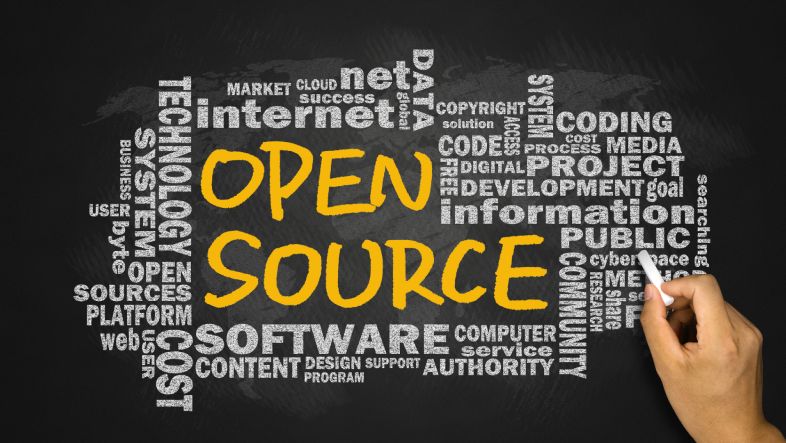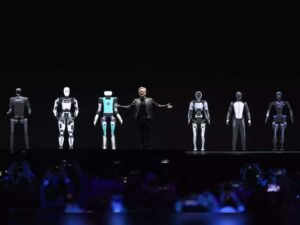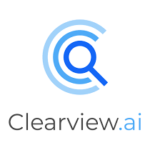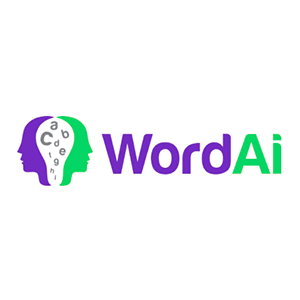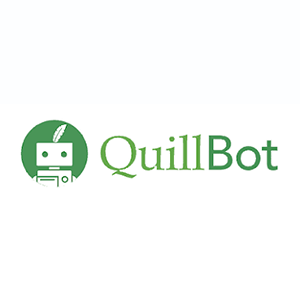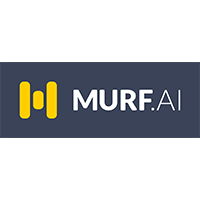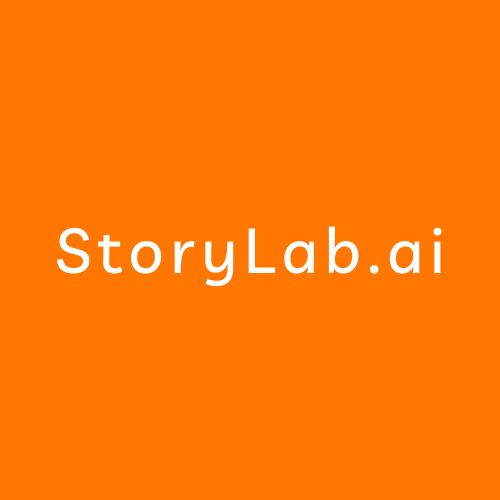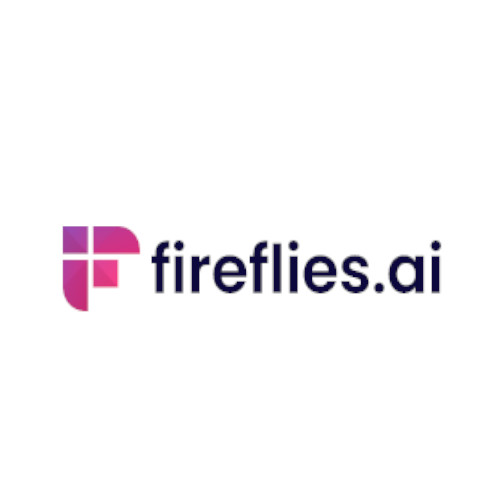Mistral AI, Hugging Face, and other contenders are wagering that their decision to embrace open-source practices will position them to rival the dominance of OpenAI and major tech corporations. However, this strategic move carries the potential for greater risk than reward.
As the artificial intelligence (AI) landscape gravitates towards the dominance of major players like Microsoft and OpenAI, some companies are endeavoring to compete by offering their AI models for free.
Drawing inspiration from the success of open-source models in shaping the modern internet and cloud-computing industries, several tech companies are betting on the potential of its large language models to challenge OpenAI’s hegemony.
OpenAI currently holds a significant share, approximately 80%, of the global generative AI market, as estimated by Valuates Reports in 2023.
Recent moves by industry players signal a shift towards open-source models. Elon Musk’s xAI startup, for instance, plans to make its chatbot Grok free, although it hasn’t garnered as much attention as OpenAI’s ChatGPT or Anthropic’s Claude. Similarly, Meta Platforms released its Llama 2 open-source model last year, intensifying the competition private models. Google also entered the arena by unveiling its Gemma open-source models in February, alongside its more potent Gemini offerings, which are available for purchase.
Numerous AI startups, including Mistral AI, Hugging Face, Runway ML, Together AI, Writer, Cerebras, and Databricks, are embracing this free model. This strategy appeals to businesses seeking to utilize large language models without incurring costs or sharing data with proprietary vendors like Microsoft. Additionally, free models often provide transparency, enabling companies to understand their inner workings and potentially develop their own models.
However, AI companies face several challenges, including the substantial upfront costs associated with training models, licensing issues, and retaining the loyalty of independent developers who contribute to their popularity.
Adopting a freemium model reminiscent of traditional free software firms, open-source AI companies aim to monetize by offering value-added services and applications on top of their free models. These services may include enterprise features, ready-to-use apps like chatbots, and customized model development for businesses.
Another monetization strategy involves offering a collection of AI models, with some available for free and others requiring payment or a subscription. Mistral AI, for example, offers both free and proprietary AI systems, catering to varying customer needs.
Despite the potential rewards, turning free AI into a profitable venture is not without its challenges. For instance, online retailer Wayfair utilizes the Stable Diffusion open-source model for its interior design tool, but relies on the free version for commercial use. Similarly, Writer offers both open-source and proprietary language models, with the latter being more powerful and tailored for businesses.
The growth of open-source AI startups has attracted substantial venture capital funding, rising from $900 million in 2022 to $2.9 billion in the following year. Investors are drawn to the rapid innovation facilitated by the vast community of independent developers contributing to open-source projects.
Open-source initiatives also foster ecosystems that enable the development of complementary software and services, further enriching the technology landscape. However, the commercialization of open-source AI presents uncharted territory, characterized by high capital requirements and intense competition from industry giants with significant resources at their disposal.

